
Cooking Terms You Should Know
by WebWriter
If a cooking recipe calls for you to sear your meat or mince your garlic, would you know what it means? Basic cooking terms that every beginner cook should know.
Cooking Terms You Should Know
Crisp: To refresh or make firm and brittle. To crisp vegetables, soak them in ice water. To crisp crackers, heat then in the overn.
Dice: To cut food into small, uniform, square pieces.
Julienne: To cut food, most often vegetables, into thin four-sided strips.
Mince: To cut food into very fine pieces. Many recipes often call for onions and garlic to be minced.
Plump: To soak foods, especially dried fruits, in a warmed liquid
Puree: To mash or strain a soft or cooked food until it has a smooth consistency.
Sear: The technique of exposing meat to a very high heat to quickly brown the outside, while sealing the juices inside.
Cooking Methods You Should Know
Blanch: The process of cooking fruits and vegetables in boiling water for a short period of time, and then plunging them into cold water to stop the cooking process.
Deglaze: The technique of adding liquid, usually water, wine or broth, to a pan to loosen browned food particles. The resulting liquid is used as a base for sauces and gravies.
Pare: The technique used to remove the thin outer covering or skin of a food, usually a fuit or vegetable.
Saute: A method designed to cook foods quickly over direct heat using a small amout of butter or oil. The food is constantly stirred to keep it from sticking or burning.
Simmer: The method of cooking a liquid, or food in a liquid, with low heat, just below the boiling point.
Steep: The technique of soaking a dry ingredient in a hot liquid, so its flavor and color are infused into the liquid. Herbs, tea leaves and spices are usually steeped.
Baking Tips
- Always read the entire recipe before you begin cooking. This will help to ensure that you have all the necessary ingredients.
- Use the pan size specified in the recipe and prepare it as directed.
- Measure the ingredients accurately.
- Assemble the ingredients in the order they are listed in the recipe.
- Marinate foods in the refrigerator and not at room temperature.
- Boasting sauces containg sugar, honey, or tomato products should be applied near the end of the grilling process to prevent the food from charring.
- The best method for determining if a cake is done is to insert a toothpick or cake tester into the center of the cake. The cake is done if the toothpick comes out clean and dry.
Oven Temperatures
- 250 F = 120 C
- 275 F - 140 C
- 300 F = 150 C
- 325 F = 160 C
- 350 F = 180 C
- 375 F = 190 C
- 400 F = 200 C
- 425 F = 220 C
- 450 F = 230 C
Featured Articles
| The Pioneer Woman Cooks―The Essential Recipes: 120 Greatest Hits, New Twists, and Perfected Classics William Morrow Cookbooks |
| From Crook to Cook: Platinum Recipes from Tha Boss Dogg's Kitchen (Snoop Dogg Cookbook, Celebrity... Chronicle Books Only $14.16 |
| Taste of Home Most Requested Recipes: 633 Top-Rated Recipes with Easy Step-by-Step Instructions (... Trusted Media Brands |
| Tasting History: Explore the Past through 4,000 Years of Recipes (A Cookbook) S&S/Simon Element Only $20.24 |
You might also like
How to kill a crab humanelyTo cook crab you must buy it live. This creates a problem most home cooks do...
Cookie Care PackagesThere are many reasons that people send care packages, but what makes a care ...
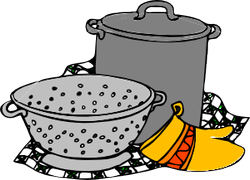

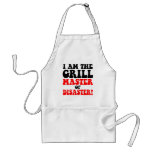

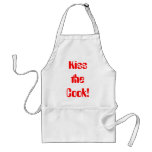
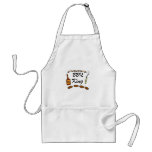





 Pool Safetyon 06/18/2011
Pool Safetyon 06/18/2011
 Symptoms of Stresson 06/17/2011
Symptoms of Stresson 06/17/2011
 Livescribe Echo Smartpenon 06/14/2011
Livescribe Echo Smartpenon 06/14/2011
 Homemade Octo Mom Costumeson 06/14/2011
Homemade Octo Mom Costumeson 06/14/2011

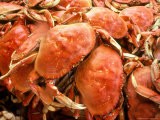
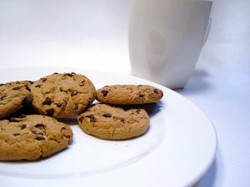
Comments
When I started cooking, it took a while to learn the meaning of the simple cooking term: shortening. But why short? Is it the opposite of widening?
This would also be a helpful cooking article for young adults moving out of the house and being on their own for the first time. Thanks for stopping by pkmcr and JoyfulPamela!
Very useful advice - especially the comparison of oven temperatures which I always get wrong!
This is wonderful! I am hoping to teach my children more about cooking this summer and this will help them learn the different terms. Thanks! : )